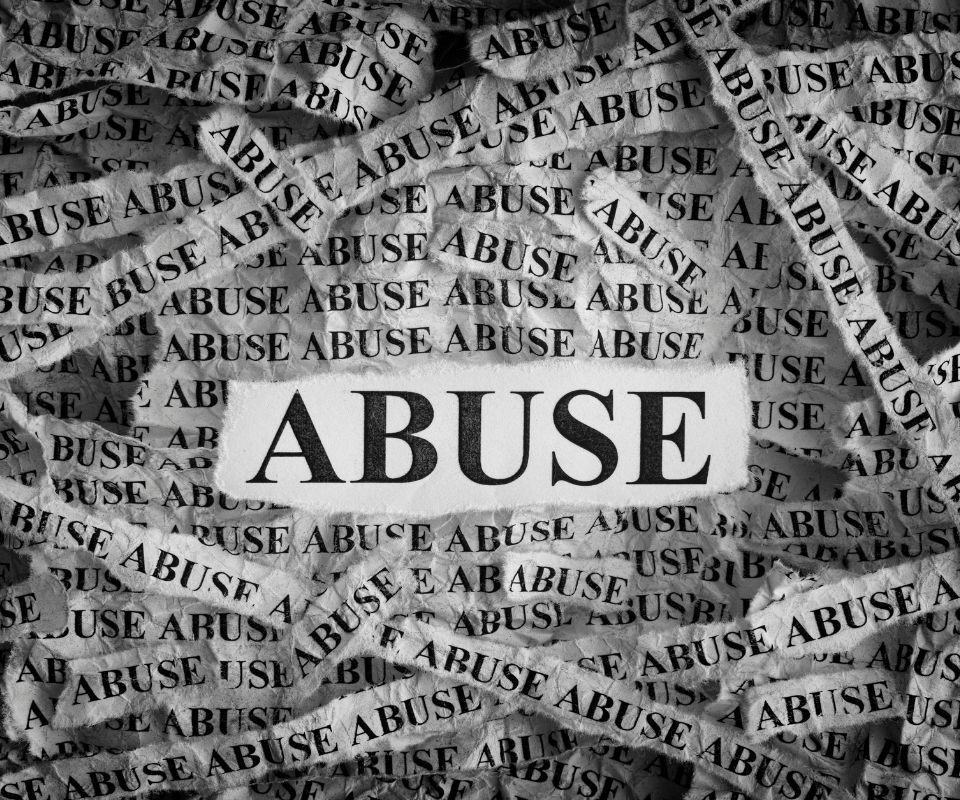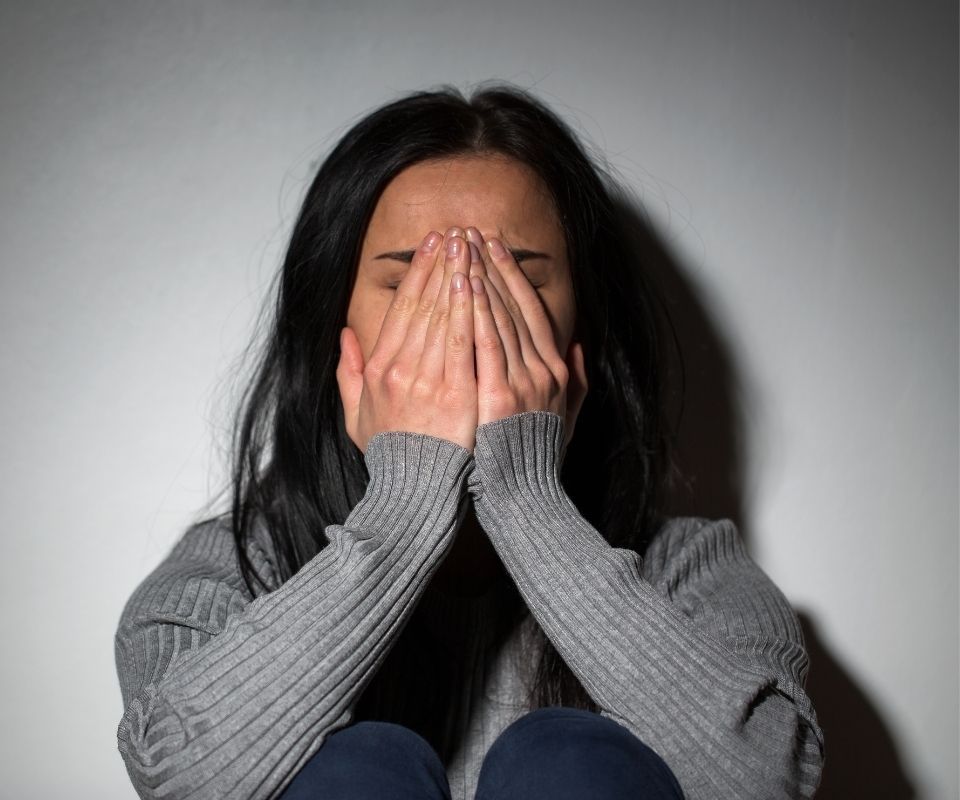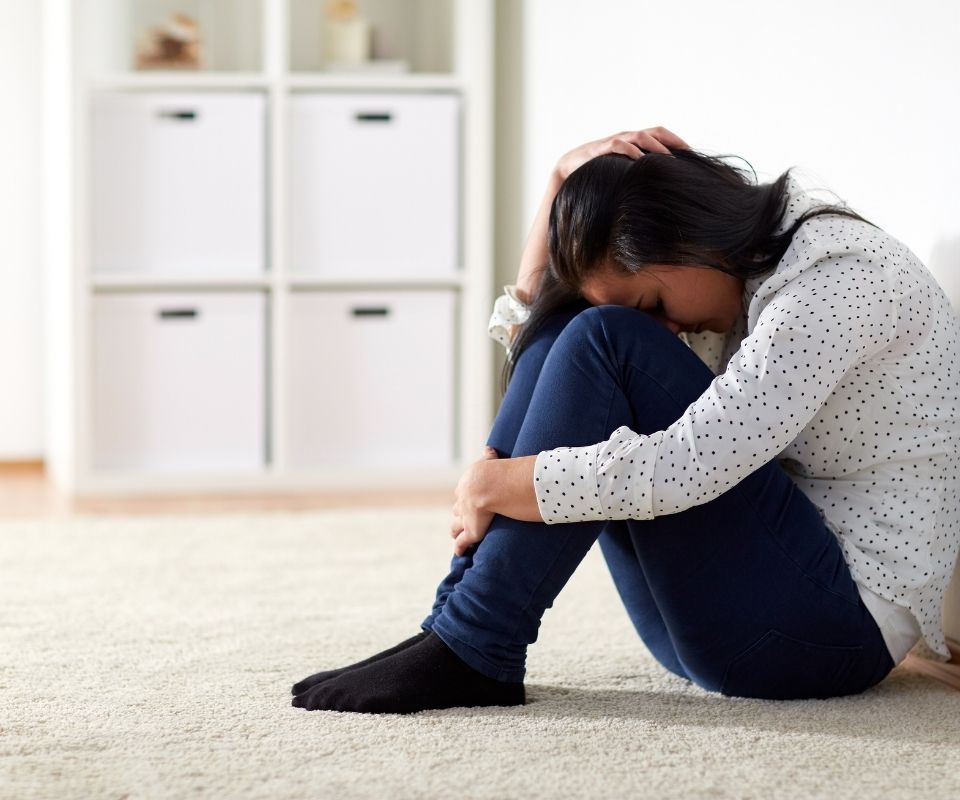Understanding and Identifying Domestic Abuse
Domestic violence (also referred to as intimate partner violence, aka IPV) is a pattern of behaviors used by one partner to maintain power and control over another partner. According to the National Commission on COVID-19 and Criminal Justice, domestic violence incidents in the U.S. increased by 8.1% following the imposition of lockdown orders during the 2020 pandemic. Often physical abuse, with outward signs, is thought of as the only type of domestic abuse. There are, however, many other types of abuse. Although lists vary, following are the common types I found.

Types of Domestic Violence
- Physical
- Emotional and Verbal
- Sexual
- Financial/Economic
- Stalking/Harassing
Remember: no one deserves to experience abuse of any kind – for any reason.
Sometimes, those in abusive relationships don’t realize what they experience on a daily basis isn’t the norm. But for others on the outside looking in, the signs are obvious. Whether researching for yourself, or a friend, recognizing the signs of abusive behavior is a good place to begin. I found the following signs of abusive behavior also on the National Domestic Violence Hotline website.
Common Signs of Abusive Behavior
- Telling you that you never do anything right.
- Showing extreme jealousy of your friends or time spent away from them.
- Preventing or discouraging you from spending time with friends, family members, or peers.
- Insulting, demeaning, or shaming you, especially in front of other people.
- Preventing you from making your own decisions, including about working or attending school.
- Controlling finances in the household without discussion, including taking your money or refusing to provide money for necessary expenses.
- Pressuring you to have sex or perform sexual acts you’re not comfortable with.
- Pressuring you to use drugs or alcohol.
- Intimidating you through threatening looks or actions.
- Insulting your parenting or threatening to harm or take away your children or pets.
- Intimidating you with weapons like guns, knives, bats, or mace.
- Destroying your belongings or your home.
If you don’t feel safe, respected and cared for, then something isn’t right.
Recognizing Domestic Abuse
If you or the person you want to help are questioning whether you’re in an abusive situation, consider the following questions. Be thoughtful about each one and decide if any sounds familiar.

Does this person:
- Make you feel uncomfortable or afraid?
- Put you down, humiliate you or makes you feel worthless?
- Constantly check up on what you are doing, where you are going or who you are with?
- Try to stop you from seeing your own friends or family?
- Constantly accuse you of flirting with others or having an affair?
- Tell you how the household finances should be spent or stops you from having money for yourself?
- Make you feel afraid to disagree or say, “No.?”
- Scare or hurt you through violent acts – such as hitting, choking, smashing things or driving dangerously to frighten you?
- Pressure or force you to do sexual things that you don’t want to do?
- Threaten to hurt you or to kill himself, if you say you want to end the relationship?
- Interfere with your online access or access to the phone?
- Hurt (either mentally or physically) your children or perform violent actions in front of your children?
Do you feel:
- Fearful
- Sick
- Unable to Concentrate
- Stressed
- Unable to Sleep
- Numb
- Like You’re Walking on Eggshells
- Anxious
What Now?

Recognizing and accepting that you (or someone you know) is in an abusive relationship is just the beginning of what could become a very long journey. However, it is a start. Please consider following this series and sharing with others who may be in a similar situation.
Next I delve into mental and verbal abuse, types of domestic violence not always recognized.
This article first appeared at Women’s Outdoor News.


